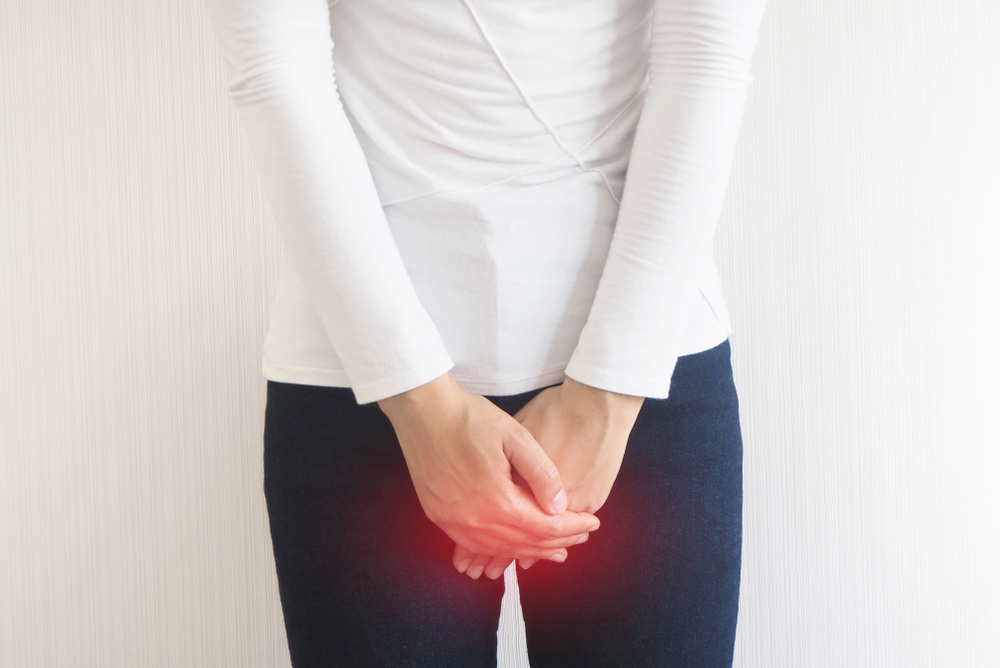DIAGNOSIS
The doctor can diagnose urinary retention by doing a physical exam and asking you about your symptoms.
When the doctor suspects that you have urinary retention, he/she may request the following tests:
- PVR or post-void residual
- Blood or urine samples
- Ct scan and ultrasound
- Cystoscopy
- Electromyogram
- Urodynamic tests
TREATMENT
The treatment for urinary retention depends on your condition and symptoms. For acute, immediate medical attention is required. The doctor will immediately put a catheter in your bladder to release the urine. This is the fastest and simplest way.
If this procedure doesn’t work or can’t be performed, a tiny tunnel can be created in the skin over the bladder and across the bladder wall.
The doctor will then apply local anesthesia. Clearing your bladder will make you feel comfortable instantly and will help prevent serious problems.
If you experience symptoms that affect your way of life, or if you are going through urinary tract problems, these treatments may be administered:
- Catheterization
- Urethral dilation
- Cystoscope


